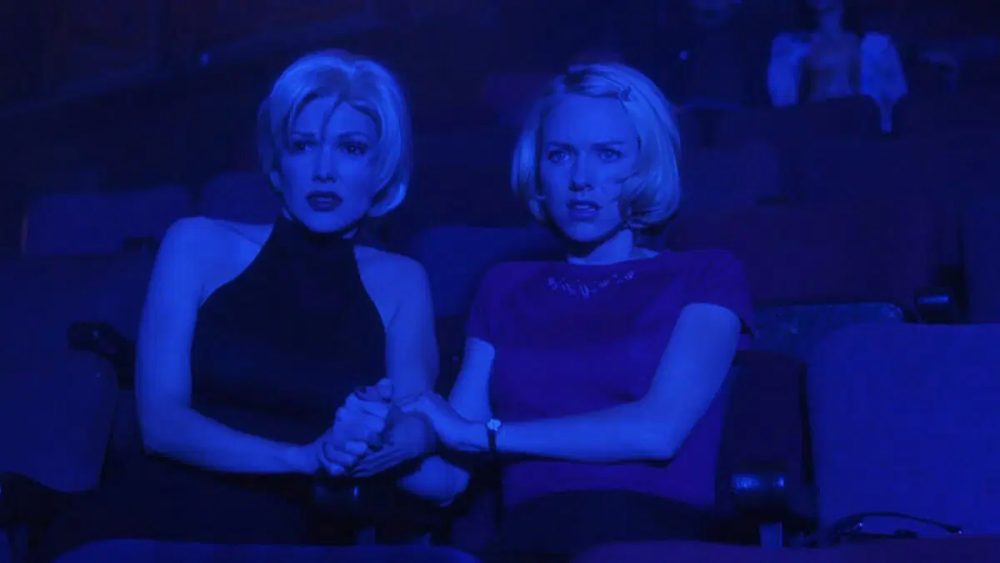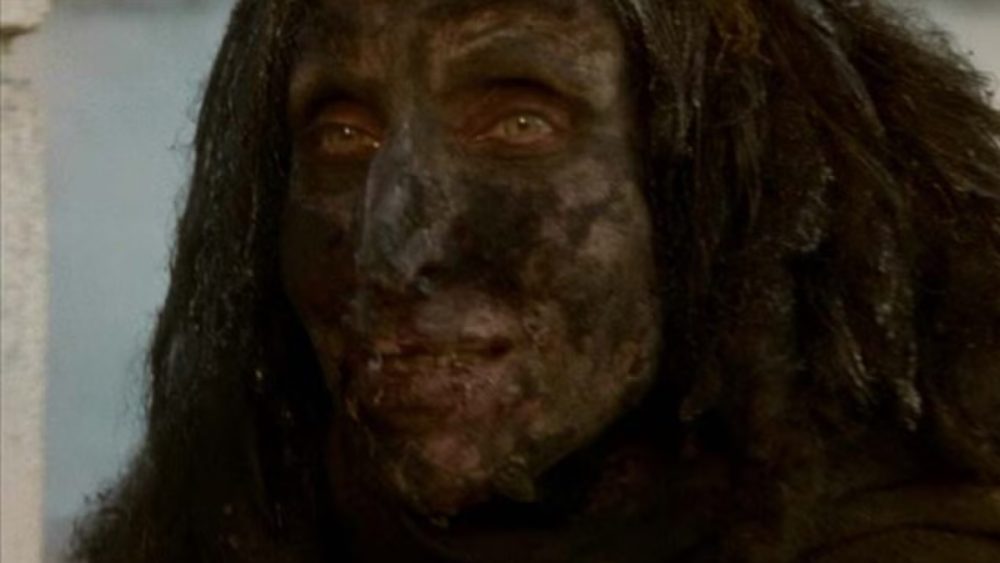Written by Gabriel Serrano Denis
Two essential moments in Mulholland Drive, author/director David Lynch’s 2001 surreal puzzle field, current characters with keys. Blue keys to be exact. One of many keys is ornate and seemingly conjured from one other world, whereas the opposite is not more than a typical home key. What do they open? The one approach to attain a solution is determined by the esoteric clues left by the director and, most significantly, the sentiments and feelings they conjure up. As a result of in a David Lynch movie, even when one thing seems to be impenetrable, an amazing feeling that one thing has been resolved washes over the viewer by credit’ finish. One could not instantly perceive why this sense manifests, however that’s when the actual detective work begins.

Starting with a horrible accident on the treacherous curves of Mulholland Drive in L.A., the film wastes no time in establishing a dreadful temper. The lone survivor, Rita, performed by Laura Harring, was clearly in some deep bother, a truth corroborated by quick scenes of shadowy figures trying to find the lady. The temper shifts as soon as nubile actress Betty (Naomi Watts) enters the movie and with a type of Nancy Drew-like enthusiasm begs the amnesiac Rita to resolve the thriller of her identification. In spite of everything, Rita is in possession of one of many blue keys, in addition to a harmful sum of money.
What follows is a dreamlike journey with Robert Altman-esque vignettes that focus on the Hollywood machine and the corruption underneath its shiny veneer, whereas two girls enterprise into an unknown world for solutions that would destroy them each. On the similar time, movie director Adam Kesher (Justin Theroux), wrestles with executives who’re demanding a selected actress be forged because the lead in his new movie. Why? Like Betty and Rita, Adam resides in a puzzle field of his personal. We encounter on this world, as in different Lynch movies, eccentric characters, excessive violence, girls in bother, and hallucinatory visions mixing with the “actual” and mundane. What begins as a dream slowly veers right into a nightmare.
Lynch’s first movie Eraserhead (1977) and the 1997 neo-noir Misplaced Freeway stay the filmmakers most difficult movies. They possess a nightmarish logic that welcomes interpretation whereas additionally pistol-whipping the viewer with absurdist nihilism. Mulholland Drive nonetheless appears to be structured in a method that begs to be cracked and opened. It methods you into believing it seeks pure, and even supernatural, explanations, solely to indicate you that the true thriller lies inside the unconscious.


The movie affords its first clue in its tagline “a love story within the metropolis of goals”. Lynch has explored love in darkish and hopeless locations in Twin Peaks and Wild At Coronary heart (each 1990), however right here the filmmaker delves deeper into character and want. Naomi Watts’ Betty is Lynch’s most tragic and haunting character, a girl whose goals change into the supply of horror and violence. Akin to Twin Peaks’ Laura Palmer, Betty is a posh and layered character whose motivations and wishes result in a path of destruction. And but, Lynch at all times affords an empathetic and loving view of her plight. As soon as we’re conscious that we’re watching a love story, doorways start to unlock, however what key opens the subsequent one?
When Betty is informed that she’ll discover a blue key after a “job” is accomplished, she asks “what’s it open?” The person sitting throughout from her merely laughs as she watches in silence. This change happens in the identical diner the place a person (Patrick Fischler), having had recurring nightmares a couple of terrifying determine dwelling behind the diner, confronts his worry solely to search out it ready for him. These scenes and the monstrous “Bum” (Bonnie Aarons) by themselves don’t appear to attach logically and even chronologically. However within the dreamworld of Mulholland Drive, all the pieces is smart the deeper one burrows into Betty’s unconscious. We see the Bum seem in additional scenes the deeper we go, and as soon as we’re staring into the abyss, there’s the Bum staring proper again. Once more, Lynch ties the surreal journey to his tragic heroine’s mindscape.
Mulholland Drive, thus, is each a surreal neo-noir and a profound character research of a misplaced soul destroyed by the dream manufacturing unit. How one reaches this revelation lies in Lynch’s surreal and symbolic thrives. One frequent false impression is that Lynch makes purposefully obtuse movies that aren’t meant to be understood. Nevertheless, one quickly discovers that the absurdity and strangeness on show will not be mere pretensions however a symbolic language that gives clues inside the world we’re inhabiting. This doesn’t imply there are literal interpretations to those symbols. What Lynch asks us is to belief what we really feel his photos imply.

Within the 2002 DVD launch of Mulholland Drive, Lynch, who disliked his movies being damaged into chapters for bodily releases, included an insert which moderately than itemizing chapters provided an inventory of clues to unlock the mysteries of the movie. One in all them says “who provides a key and why?”, whereas one other asks “what’s felt, realized and gathered on the membership Silencio”. To a younger movie lover as myself, this insert was each beguiling and irritating. What sort of clue asks what’s “felt” in an essential second? And but, it offered probably the most essential lesson in having fun with Mulholland Drive and Lynch’s oeuvre: the hot button is that there isn’t a key. There may be solely you and what the movie makes you are feeling. “It’s all an phantasm”, a mysterious character bellows within the movie. Sure, a stupendous and haunting one at that.



